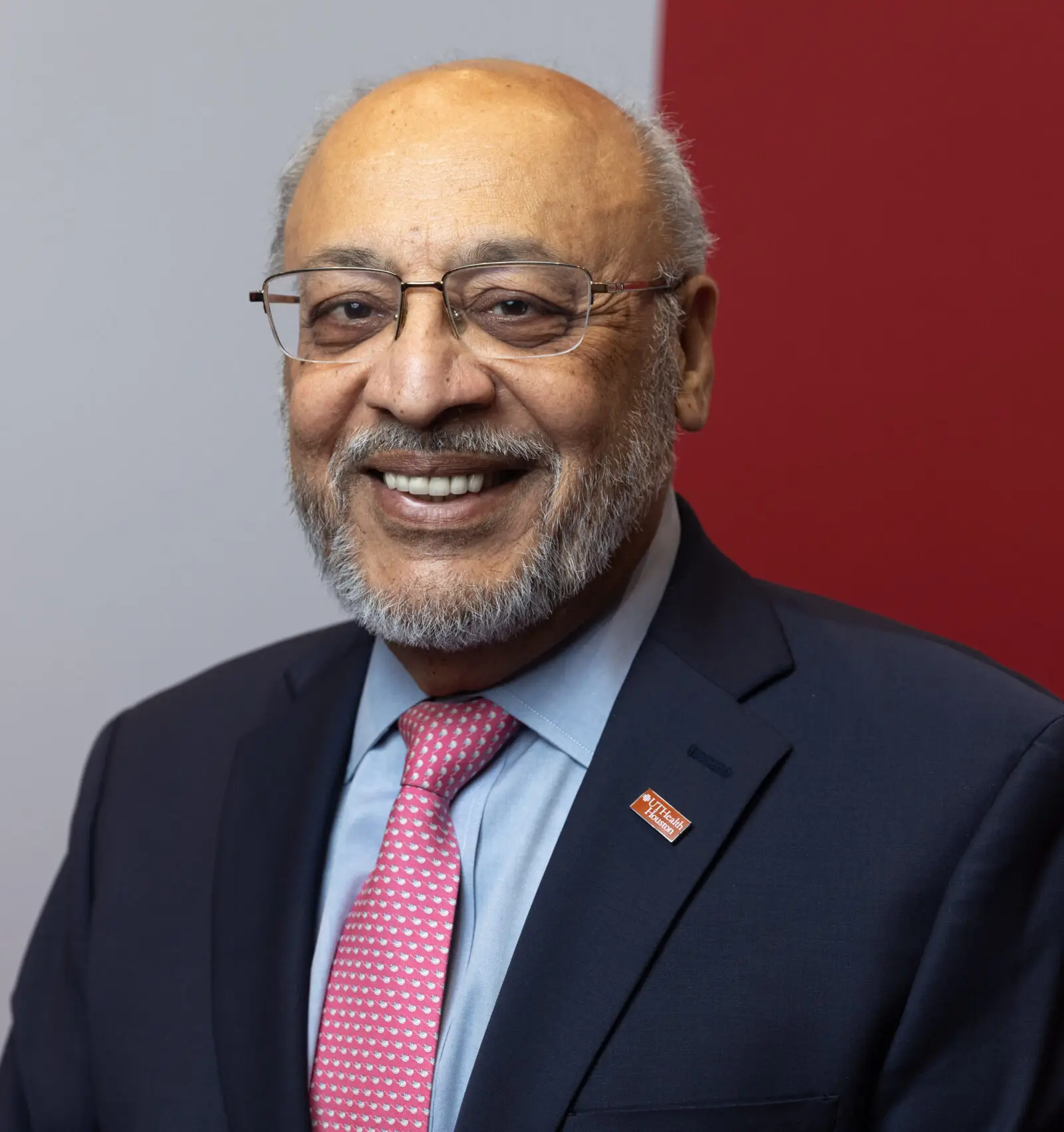Dr Jagat Narula
WHF President-Elect
United States of America

Our circulatory system is quite like an intricate highway, with blood vessels spread throughout the body, delivering oxygen and nutrients. Elevated levels of unhealthy cholesterol (low-density lipoproteins or LDL) when deposited in blood vessels (atherosclerosis) to the heart or brain, cause coronary artery disease (CAD) and stroke. We turned the spotlight on World Heart Federation’s (WHF) President-Elect, Professor Jagat Narula, world-renowned physician-scientist and Executive Vice president and Chief Academic Officer at University of Texas Health Houston who shared his experiences.
My grandfather was the biggest influence during my childhood and wanted me to be a cardiologist. Admission to a highly coveted technology institute in India to study nuclear physics took a backseat to my decision to veer towards cardiology. His cardiologist, who was the chair of cardiology at the medical school I attended, treated me like her son. I spent hours reading the two available cardiology textbooks to her: “Friedberg’s Diseases of the Heart”[1] and “Hurst’s The Heart”[2] in six months, cover-to-cover in the first year of my medical school. Destiny came full circle as I have co-edited the latest two editions of The Hurst’s.
Despite successful management strategies, prevalence of cardiovascular disease (CVD) continues to rise, and most CVD deaths occur in low- and middle-income countries (LMICs). The contributing risk factors including obesity, diabetes, smoking, and indoor and outdoor pollution are consistently increasing. Although excellent guidelines for CVD management have been developed, they are not equally applicable in resource-constrained settings where even basic essential medications are either unavailable or unaffordable.
As I learned from numerous studies of my own, ranging from molecular imaging to Computed Tomography (CT) angiography, magnetic resonance, intracoronary ultrasound, optical coherence and infra-red imaging, LDL is directly related to the extent of atherosclerosis, and lowering LDL is associated with the reversal of atherosclerosis. Lowering LDL and plaque regression is feasible with statins and non-statin oral therapies as well as injectable PCSK9 inhibitors. With a family history of cardiovascular disease, hypertension, and diabetes, I started statins more than 30 years ago — and now injectables — determined to keep LDL as low as possible.
Service and mentoring
As President-elect of WHF, I am proud to work for a mission that is cardiovascular health for everyone, everywhere. Research pertaining to imaging of atherosclerosis remains my passion. Accolades from the American College of Cardiology, WHF and various CV imaging societies aside though, the most salient career achievement for me is my mentees throughout the world. These students’ curiosity has been the best teacher, and their inquisitiveness my best inspiration. At least 35 of my mentees have won the young investigator awards at various scientific forums. Besides other countries, I have trained 23 fellows from Japan whom I meet with at least annually. Every minute spent hearing of their accomplishments and plans makes me proud of their commitment to academic excellence, and to furthering mentorship in their local environment.
The heart through the ages
I am fascinated by the stories and lessons we have learned from imaging hearts that beat centuries ago. Imaging mummies and hunter gatherers confirms understanding of lifestyle and dietary behaviour underlying atherosclerosis. As part of the “Horus” group of cardiologists, radiologists, pathologists, anthropologists, and archaeologists, it is a privilege to study ancient cultures: vascular disease has been linked to indulgences and excesses and exposure to indoor smoke. Since “The Framingham Study”[3] that defined risk factors, we have improved our understanding and ability to distinguish between commonly observed value ranges for disease and those ranges that are desirable for healthy living. This has been one important precursor to continually refining the recommendations for better cardiovascular health.
Into the future
We are ushering in a new era of biologics and designer drugs such as targeted antibodies and mRNA therapeutics, allowing personalised and precision medicine. Current artificial intelligence (AI) tools further support early diagnosis and feasibility of CVD prevention and health promotion but there is no substitute for the essential first step of risk factor control.
Modest elevations of multiple risk factors might present a greater risk than elevation of a single risk factor and the link between healthy living and healthy hearts reassures us that it is feasible to eliminate CVD in our lifetime. I do agree that inheritance contributes to CVD, but risk factor control can help mitigate the disease. Let us be risk-averse. And, yes, I have heard people blaming age as an inevitable cause of heart disease, but age reflects length of exposure to unhealthy choices. Let us age well.
WHF highlights the ‘Heart Heroes’ among us – they are the cardiologists, healthcare professionals, policy-makers, patients and their family and friends battling, treating and beating heart disease. We are honoured to hear and share their stories that spread awareness and hope.
This story was made possible with support from Amgen.
[1] Charles Kaye Friedberg (1905–1972) was an American cardiologist, known for his medical textbook Diseases of the Heart, which was a standard reference in cardiology during the 1950s and 1960s. https://onlinelibrary.wiley.com/doi/pdf/10.1002/clc.4960090711
[2] Hurst’s The Heart is a medical textbook published by McGraw-Hill Education. First released in 1966, it is currently in its 14th edition. It covers the field of cardiology and is one of the most widely used medical textbooks in the world. https://en.wikipedia.org/wiki/Hurst%27s_the_Heart
[3] The Framingham Study has grown into an ongoing, longitudinal study gathering prospective data on a wide variety of biological and lifestyle risk factors and on cardiovascular, neurological, and other types of disease outcomes across three generations of participants. https://www.nhlbi.nih.gov/science/framingham-heart-study-fhs